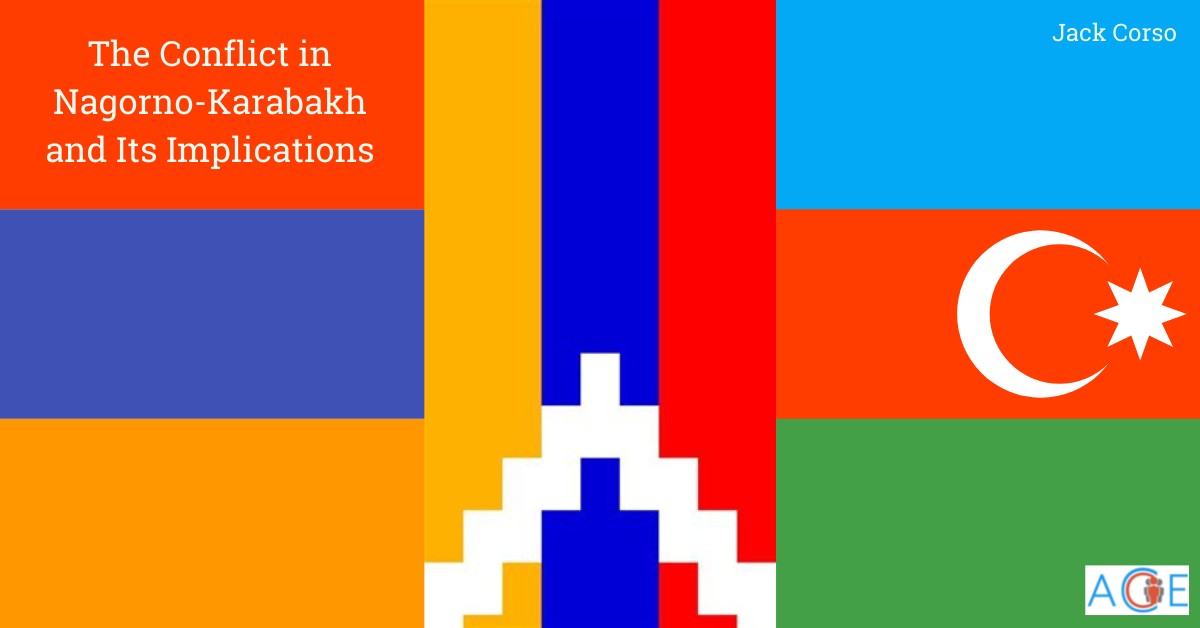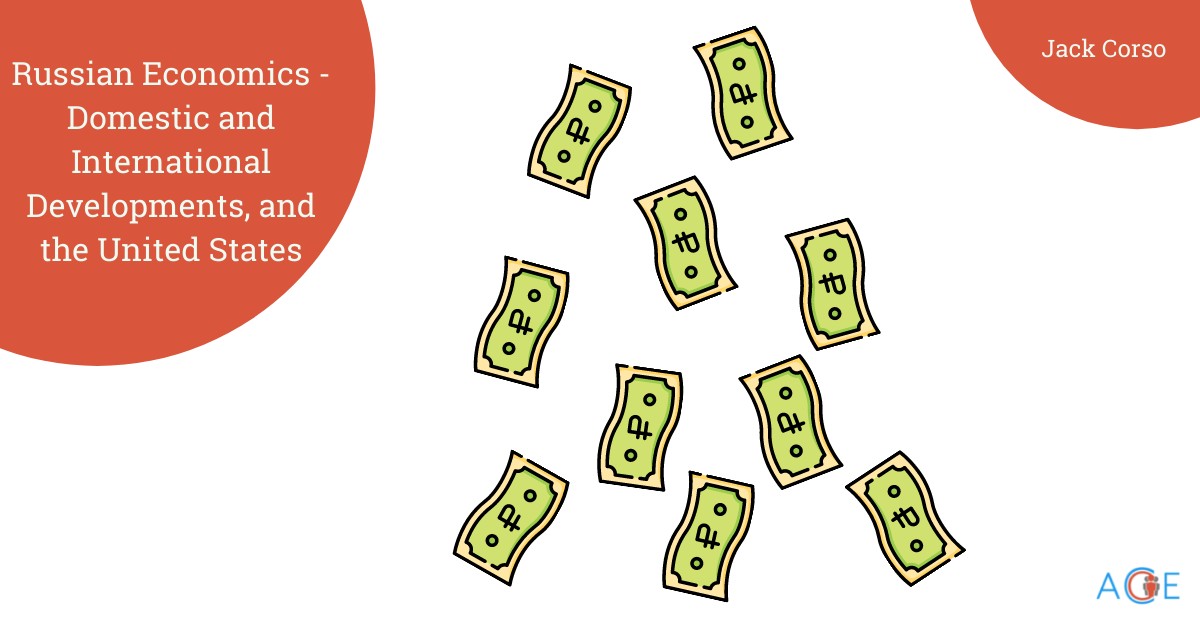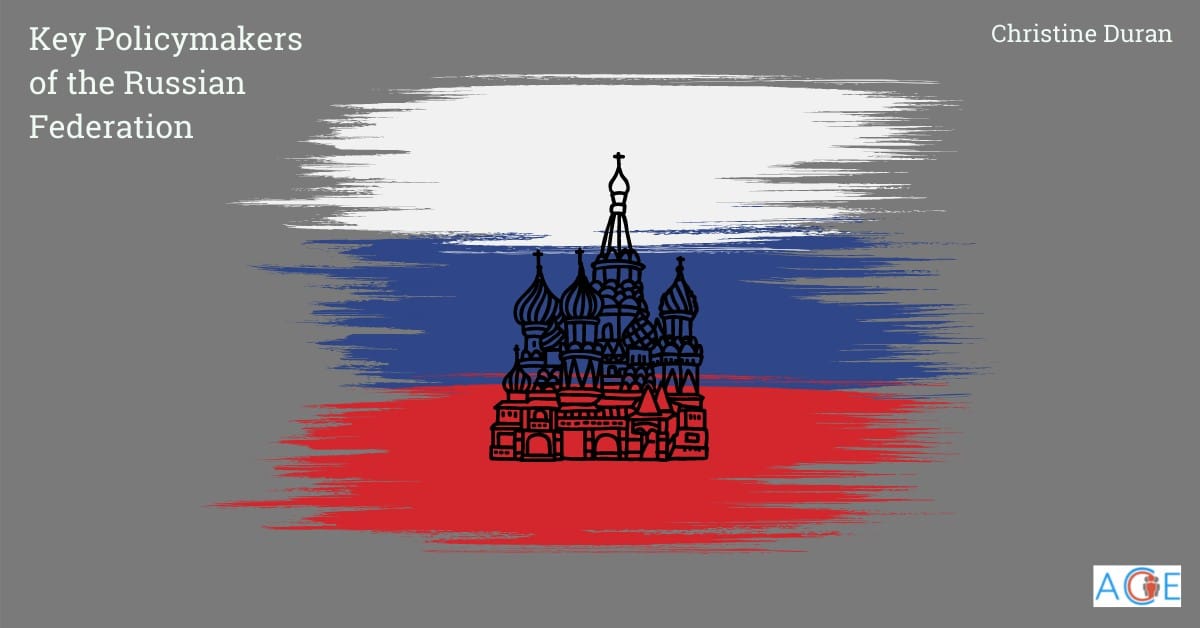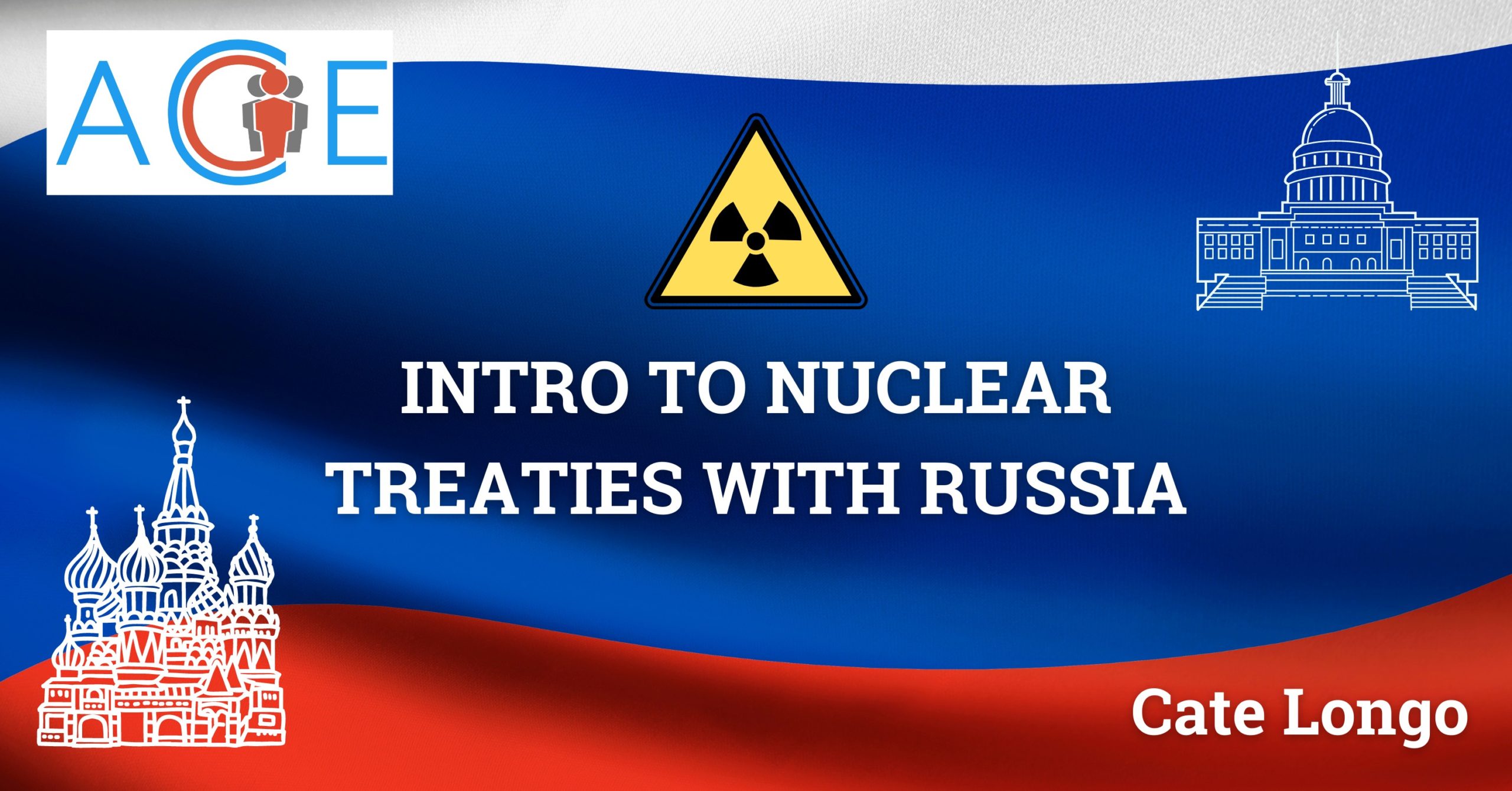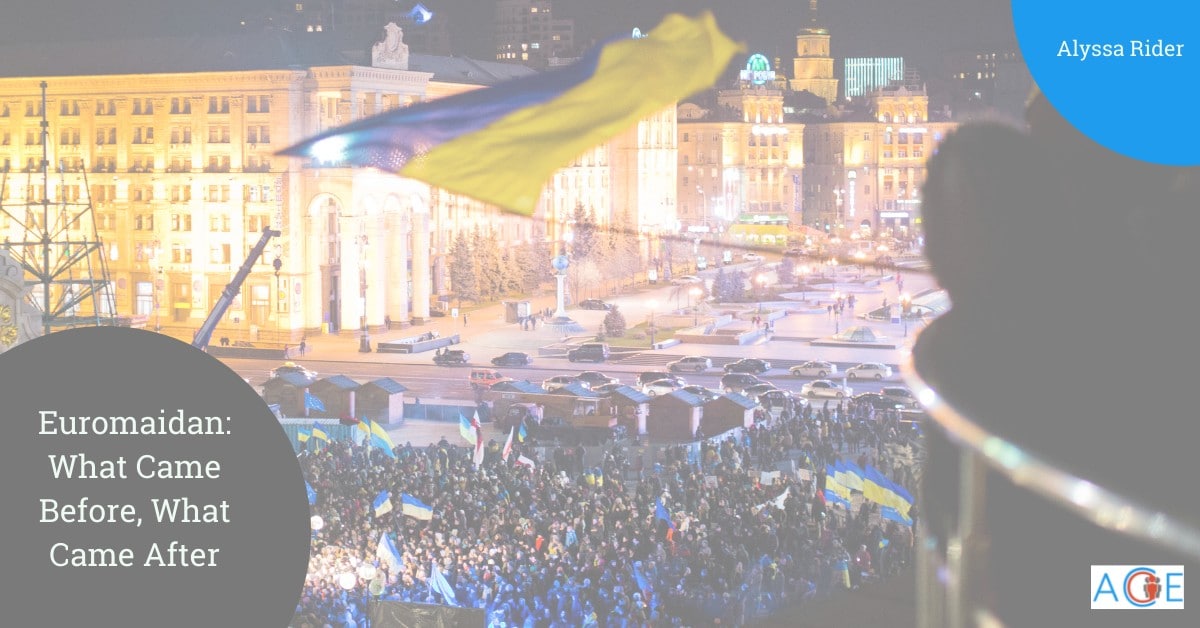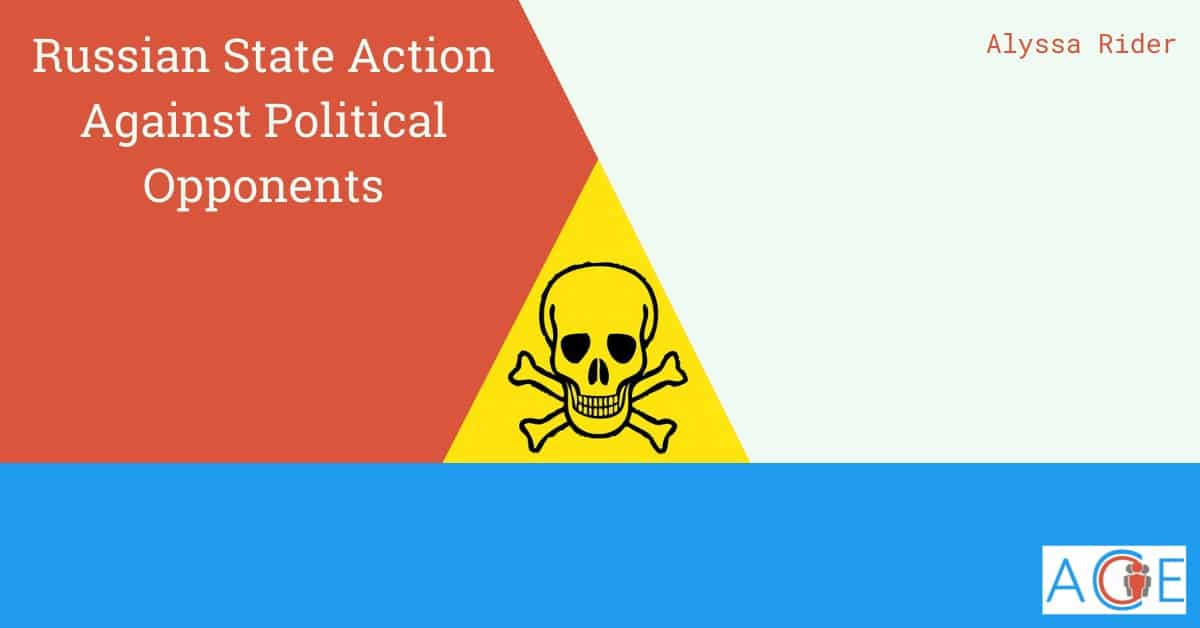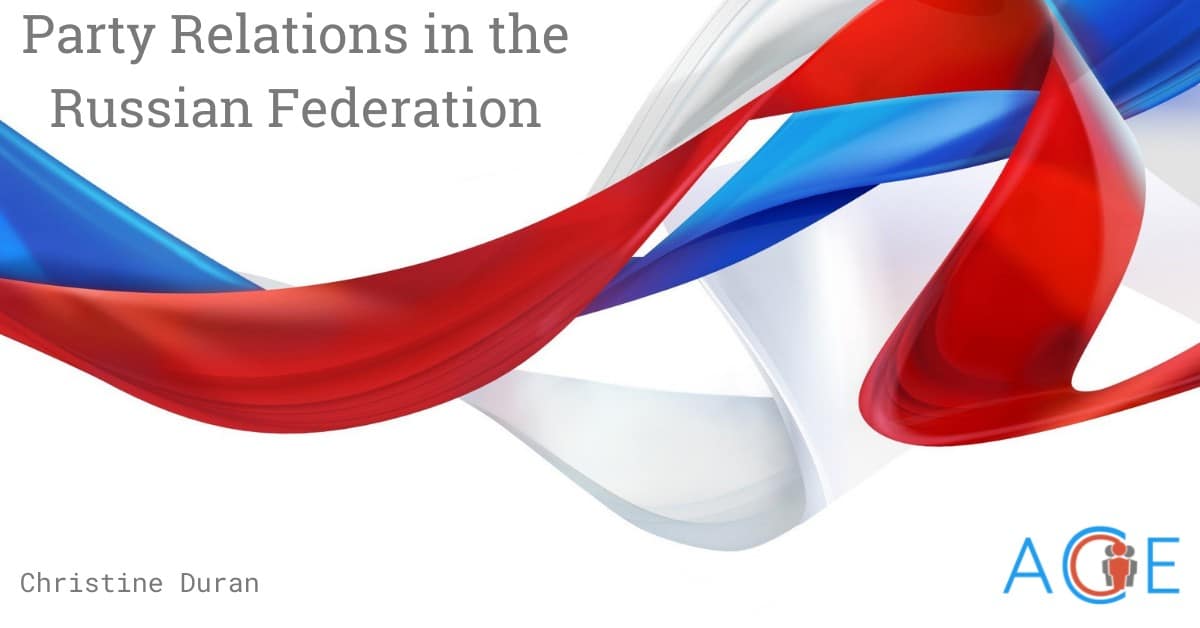What is Nagorno-Karabakh?
The landlocked, mountainous region of Nagorno-Karabakh in the South Caucasus has seen some of the most consistent, brutal fighting in the post-Soviet world. Although it is a small region, Nagorno-Karabakh has existed at the junction between many historic powers such as the Russian, Ottoman, and Persian Empires. Thus, the region has developed a great diversity in language, religion, and ethnicity, each of which has significantly contributed to its history. During the Soviet era, the region was known as the Nagorno-Karabakh Autonomous Oblast (NKAO) in the Azerbaijan Soviet Social Republic (ASSR). Although located within the ASSR, the NKAO was populated primarily by Armenians with Azerbaijani and Russian minorities. These groups coexisted peacefully until the late 1980s when the disintegration of the Soviet Union gave way to increased nationalist sentiment on both sides. By the late 1980s, the NKAO received aid from the Armenian Soviet Socialist Republic, and relations developed between the two groups.
The territory is currently internationally recognized as part of the Republic of Azerbaijan, despite attempts by ethnic Armenians to unite the NKAO with the Armenian SSR and the successor state, the Republic of Armenia. The Republic of Artsakh is an internationally unrecognized state inside Azerbaijan that is predominantly ethnic-Armenian. It wields de facto control over parts of Nagorno-Karabakh from its capital Stepanakert.
Geographic location of Nagorno-Karabakh region – Image Courtesy of Al Jazeera
Mapping the Conflict
First Nagorno-Karabakh War (1988-1994): While citizens of the Soviet Union, ethnic Armenians and Azerbaijanis lived peacefully. However, as the USSR deteriorated, so did relations between the two groups. Subsequently, war broke out between the Armenian and Azerbaijani Soviet Republics in 1988 and ended in 1994, just a few years after both countries achieved independence from the USSR in 1991. The Armenian side was ultimately victorious and made significant territorial gains as the Republic of Artsakh gained de facto independence status and unification with the Republic of Armenia. However, the Azerbaijani Supreme Soviet (the body akin to Congress) rejected this status and gained recognition from the international community as the sole ruler of the Nagorno-Karabakh region.
Nagorno-Karabakh Conflict (2016): The period between 1994 and 2016 saw some minor outbreaks of violence violence which did not comparable to the first war. This relatively peaceful period ended in early April 2016 when fighting broke out on a larger scale, with both sides asserting that the other instigated the fighting. Between April 2nd and the 5th, dozens of soldiers and several civilians were killed on both sides of the conflict. While there was no clear winner following the ceasefire agreement, Azerbaijan won a symbolic victory as its success proved that it had become a match for Armenia since the previous conflict.
Nagorno-Karabakh War (2020): September through November of 2020 saw the most intense and devastating fighting in Nagorno-Karabakh in the post-Soviet era. Azerbaijan’s superior military capability led to a decisive victory. Azerbaijan regained much of the territory it had lost in the previous conflicts, including five cities, four towns, and 286 villages. However, it did not take Stepanakert, the capital of Artsakh, which remains in Armenian hands under the protection of Russian peacekeepers. While the territorial gains and losses were significant for both sides, the loss of life was also significant. Nearly 6,000 people were killed during the war, including 77 Armenian and 92 Azerbaijani non-combatants. Additionally, over 130,000 people were displaced, including approximately 90,600 people from Nagorno-Karabakh who moved to Armenia and approximately 40,000 from areas near the line of contact on the Azerbaijani side. Although the subsequent ceasefire was met with joy in Baku and anger in Yerevan, the human costs were extremely detrimental on both sides.
Territorial changes after the 2020 peace deal – Image Courtesy of BBC
Actors and Their Motivations
Republic of Artsakh: Self-determination is the driving motivator for the unrecognized state of the Republic of Artsakh. At present, Artsakh is not recognized by a single United Nations member, including Armenia. However, it is recognized by the non-UN member, unrecognized states of Abkhazia and South Ossetia, both located in Georgia, and Transnistria, located in Moldova. It suffered significant territorial losses to Azerbaijan during the 2020 conflict, and its reliance on Armenia for political, economic, and military assistance indicates that it may be unstable were it to achieve independence.
Republic of Armenia: Armenia is motivated by the geopolitics of the South Caucasus. It is bordered by an unfriendly Turkey to the west and Azerbaijan to the east. A fellow ethnic-Armenian state in Artsakh makes for a critical ally, despite not formally recognizing its existence. Armenia may also view the Nagorno-Karabakh region as a historic piece of Greater Armenia, and retaining the territory would represent a victory for the Armenian diaspora.
Republic of Azerbaijan: While Armenia and Artsakh are motivated by their shared ethnic background and desire for self-determination, Azerbaijan is motivated by its desire to maintain its territorial integrity. Nagorno-Karabakh, which accounts for roughly five percent of Azerbaijani territory, is internationally recognized as Azerbaijan. Despite this distinction, Nagorno-Karabakh is populated almost exclusively by ethnic Armenians, with a few hundred ethnic Azerbaijanis and Russians. However, with the territorial changes resulting from the war in 2020, it is likely that ethnic Azerbaijanis will move into the territory retained by Azerbaijan.
January 2021 Meeting between Armenian PM Pashinyan, Azerbaijani President Aliyev, and Russian President Putin – Image Courtesy of Radio Free Europe/Radio Liberty
Republic of Turkey: Turkey has been a fervent supporter of Azerbaijan and contributed to its military buildup since the early 1990s. The nationalistic government in Ankara has utilized the common Turkic background shared by the two countries to strengthen their interstate relationship and garner support for the Azerbaijani cause in Turkey. In addition, relations between Turks and Armenians have been historically hostile and are officially non-existent. President Erdogan of Turkey has insisted that Armenia withdraw from occupied Azerbaijani territory.
Russian Federation: Although Russia has been a traditional ally to Armenia, it is a neutral actor and has actively supplied weapons to each side since the 1990s. Despite this, Russia does not want a conflict near its borders. It leveraged its position as the regional hegemonic power to become an arbiter during negotiations between the warring parties and deployed its forces as peacekeepers in Nagorno-Karabakh. Peace in Nagorno-Karabakh may depend on how long Russia stays in the region as a peacekeeping force.
Russian peacekeepers in Nagorno-Karabakh – Image Courtesy of Reporters Without Borders
United States of America: Unlike Russia, the United States is not particularly involved in the region. However, both the Biden and Trump administrations attempted to secure peace between both sides. While the United States is not a regional actor, it does have a vested interest in securing peace. The United States’ NATO ally Turkey is closely aligned to Azerbaijan. If the conflict were to grow, the United States could find itself at odds with an Armenia-aligned Russia.
Future of Armenian-Azerbaijani Relations
Lachin Corridor : The Lachin Corridor is a narrow swath of land which connects Armenia and Artsakh. The corridor is a significant economic factor in Nagorno-Karabakh because it allows for the movement of people and goods from Armenia to Artsakh, although much of the surrounding territory was retaken by Azerbaijan in 2020. Presently, the Lachin Corridor is under the control of Russian peacekeeping forces per the 2020 armistice agreement.
Nakhchivan: Although located outside of the Nagorno-Karabakh region, the Azerbaijani autonomous exclave of Nakhchivan is not immune to interstate fighting between Armenia and Azerbaijan. In 2021, armed forces from Armenia and Azerbaijan clashed along the border of Nakhchivan and Armenia, resulting in one injury on both sides. The situation in Nakhchivan is only just developing, and further clashes could trigger a more significant regional conflict.
Lachin Corridor and Nakhchivan – Image Courtesy of Eurasian Geopolitics
